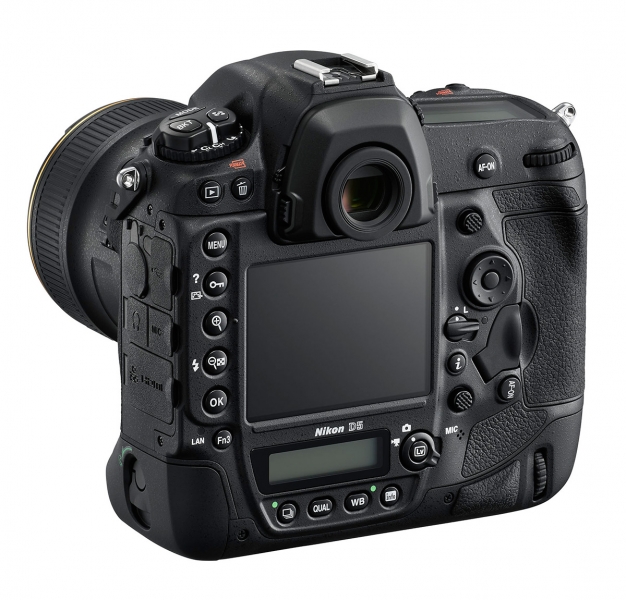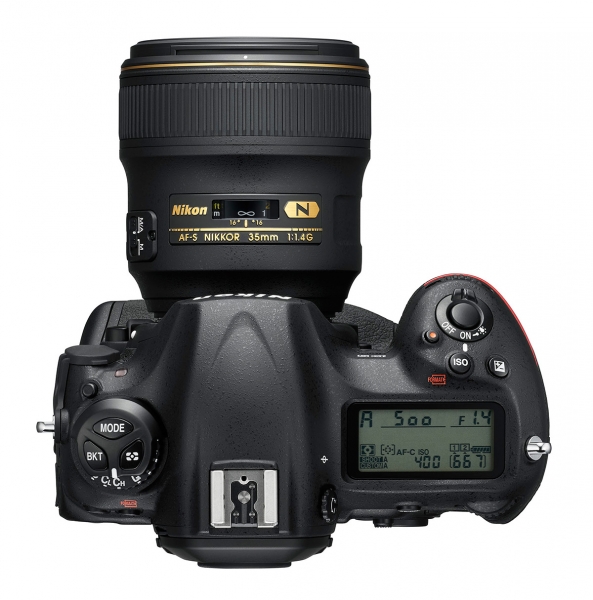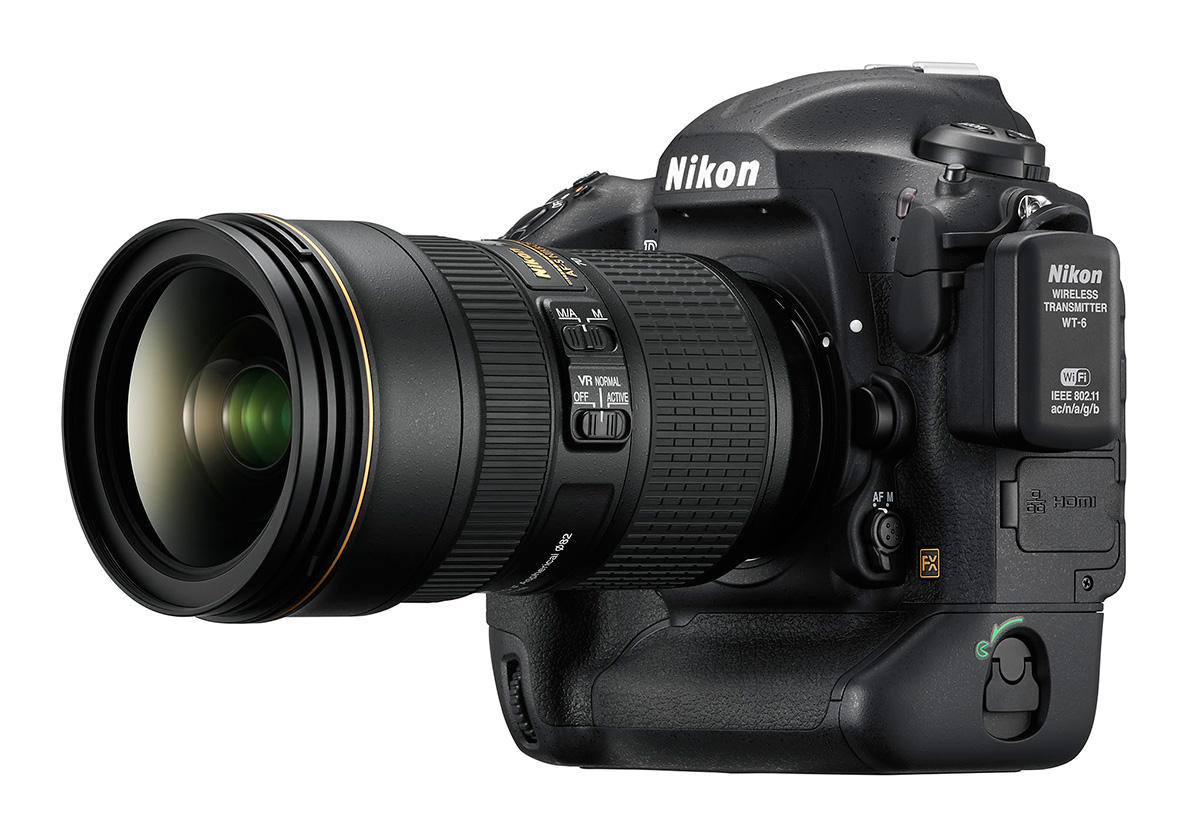Review: Nikon D5 camera pros and cons
Professional Photographer review: A quick look at the best and the worst of the Nikon D5 camera.
• October 2016 issue
PROS
Outstanding image quality at high ISO
The Nikon D5 can reach ISO 3,280,000, but the practical range tops out at ISO 25,600. Processing the raw images with DxO Prime noise reduction in DxO OptcisPro 11 yields great results. More impressive is the accuracy of the color, the dynamic range, and the overall outstanding image quality at high ISO settings. Other cameras can capture images at very high ISO settings but produce images with uncorrectable color shifts and noise beyond DxO’s capabilities to fix.
Exceptional build quality
The Nikon D5 exhibits excellent balance with the new AF-S Nikkor 24-70mm f/2.8E ED VR and an AF-S Nikkor 70-200mm f/2.8G ED VR II, two lenses that most professionals would use with the D5. The size and depth of the grip are well suited for keeping the body secure and steady in your hand. If anything, the weight of the magnesium-body D5 gives you the confidence that you could put it through any set of conditions. With its complete weatherproofing and the weatherproofing of the latest Nikkor lenses, it’s hard to imagine what could harm the system.

Excellent all around responsiveness
The D5 takes responsiveness to a new level. Mirror blackout is negligible in single image captures (with the exception of slower shutter speeds) and far quieter than the D3s. At 12 frames per second (fps) the mirror blackout is so minimal I could easily track erratically flying birds. Focus and exposure was 100 percent accurate in my tests. Image preview is ready when you are—by the time you lower the camera to look at the monitor, the image is there. When shooting at 12 fps, the images flash one after another on the monitor until the final capture is displayed. The Nikon D5 also has an extraordinary ability to autofocus in very low light, finding focus without hesitation or hunting.
Professional quality video
The Nikon D5 records 4K UHD and includes all of the pro-level video features of the D810, including full HD 1080p recording at a variety of frame rates, uncompressed HDMI out, and simultaneous live view and headphone/microphone connections. The D5 adds a feature to smooth exposure transitions using the Auto ISO function as well as exposure compensation in video mode.

CONS
Price
You get a lot for $6,500, but is it more than you need?
New control button locations
The Mode button moved to the dial at the top left of the D5, replacing the Bracket button, which moved to the position on the dial where the Lock button used to be. At the former Mode position, close to the release button, you’ll now find the ISO button. The former position of the ISO button on the back of the camera is replaced with a new Release Mode button. There is logic behind the moves: ISO can be more of a go-to exposure adjustment like shutter speed and aperture, and it belongs in a group close to those controls. Without removing your eye from the viewfinder you can change the ISO setting with the multi selector and adjust exposure. A new Sub-selector button functions like the familiar multi selector to select a focus point, and it locks focus and exposure when you press the center.
Weight
The Nikon D5 tops 3 pounds with the battery and storage cards. The new 24-70mm f/2.8 will add 2.5 more, and the 70-200mm f/2.8G weighs in at almost 3.4 pounds. With high-quality materials and construction comes weight.
RELATED: Read a full review in our OCTOBER 2016 ISSUE.
Stan Sholik is a commercial photographer in Santa Ana, California.

